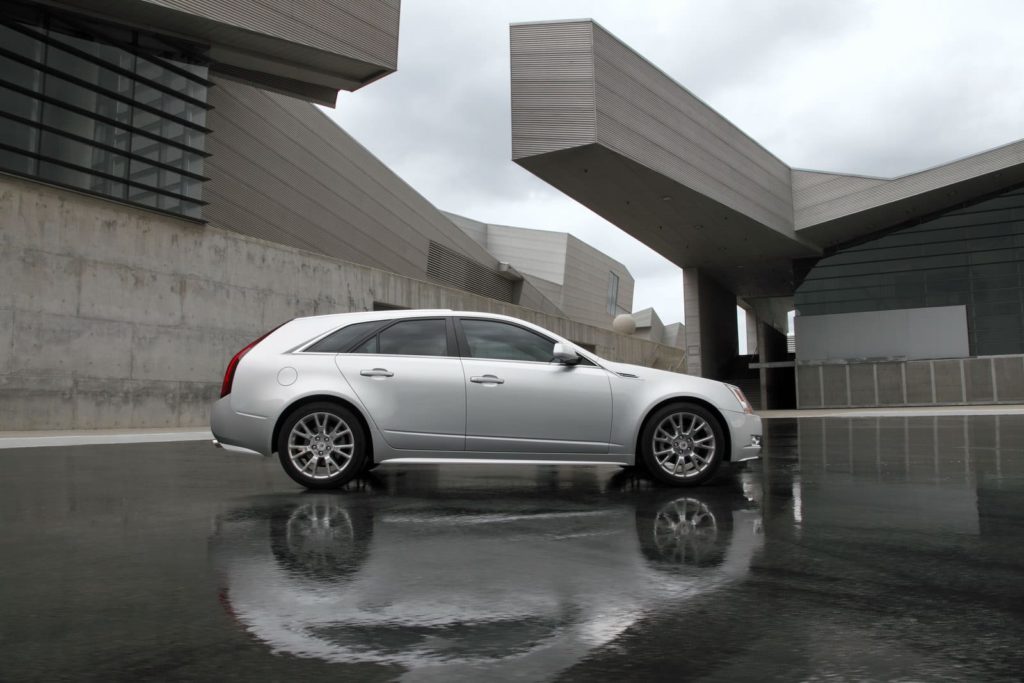Blog
Are All Season Tires Really Meant for All Seasons?
June 6, 2016
Are you one of the millions of Canadians who, every year around spring and fall, who start to have some questions about your tires? Wonder why there can’t be just one tire for all seasons, one tire that will get you through the slick hot roads of summer and at the same time navigate the slushy icy roads of winter? But isn’t that what all season tires were made for?
All season tires were originally created as an alternative to having two sets of tires. Introduced in 1977 by Goodyear, the Tiempo was a compromise between winter and summer tires, allowing vehicle owners to own just one set of tires. The idea took off and other tire manufacturers developed their own models of all season tires.
But are they really made for all seasons? After all, they’re banned in Quebec during winter, and, according to The Globe and Mail, more and more people are renaming them “three season tires” because of their truly poor performance in winter.
All Season Tires vs. Winter Tires
Most new cars come equipped with all season tires because they do an adequate job in all weather, until of course the temperature dips below 7 degrees Celsius. This is when all season tires show their weakness. The rubber compound they’re manufactured with hardens under cold temperatures, turning them into bricks that slip and slide instead of gripping the surface.
Winter tires on the other hand, are manufactured with a softer rubber for this exact purpose. Because things naturally harden in colder weather, the tires are able to grip the road better and prevent your car from sliding all over the place like they would if you’d kept your all season tires on.
All season tires are adequate tires in moderate weather, and are better suited in combination with winter tires, especially in climates like here in Canada, where very few places maintain a winter above 7 degrees Celsius.
All Season Tires vs. All Weather Tires
All weather tires shouldn’t be confused with all season tires, they’re not the same tire with a different name. All weather tires are designed for winter conditions but with a sturdier rubber so that they can be worn throughout the summer as well.
All weather tires display the Alpine symbol on the sidewall (a three peaked mountain with a snowflake in the middle). This symbol ensures that the tire has been approved by Transport Canada and meets the specific snow traction requirements for winter conditions in Canada. All season tires do not display the alpine symbol.
However, it’s important to note that because all weather tires use a stiffer rubber than all season tires, you will hear more road noise in the summer.
When choosing a tire, it’s best to keep your climate in mind. All season tires are great tires for summer, fall and spring, but have poor performance in the winter. No matter where you live in Canada, at some point, you will most likely require the traction only a snow tire or all weather tire can provide, something to keep in mind when choosing your next tire.
WANT TO LEARN MORE? GIVE US A CALL!
Our Xtreme team will be more than happy to answer any questions you may have and assist you with anything you need.


